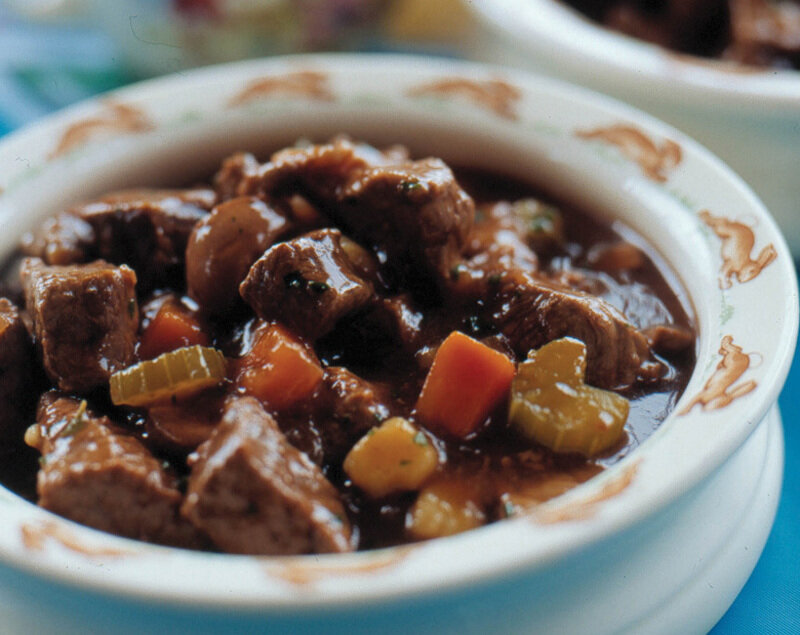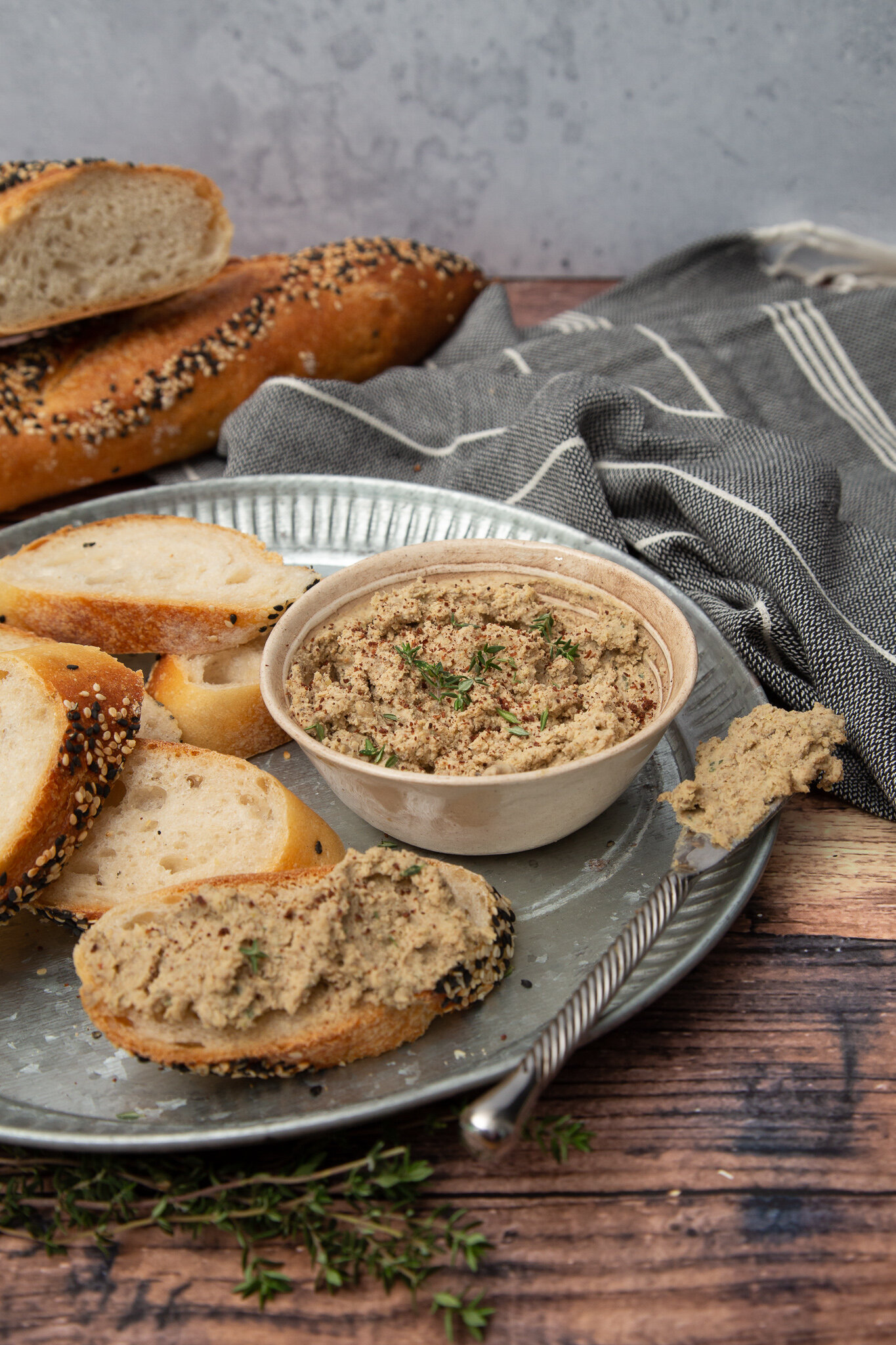Offal - Almost a Superfood
Nutritionally speaking, there is no such thing as a superfood. Sorry to burst your bubble, it’s actually a term coined for marketing purposes to influence food trends and sell products. Any qualified Registered Nutritionist or Dietitian would poo-poo the word entirely. But if there was a food that could come close to being called one, it would be some of the animal organ cuts, commonly called offal.
Through the month of July, Beef + Lamb New Zealand are raising awareness of the benefits of eating Nose-to-Tail which includes offal, a philosophy widely used by chefs and many different cultures that sees every part of the animal used, letting nothing go to waste.
Nose-to-tail includes eating parts of the animal such as beef check, neck chops, oxtail, shin, bone marrow, and organ meats or offal such as heart, lungs, tripe (stomach), sweetbreads (pancreas and thymus glands), tongue, brains, kidney and livers.
New Zealand’s most commonly eaten offal would undoubtedly include liver and kidney- think lamb’s fry and bacon, pâté, steak and kidney pie or casserole. One of the benefits of eating these two offal cuts is the power pack of vitamins and minerals they contain. However, many Kiwis see these cuts as reserved for pet food or have not acquired a taste for them, yet if they knew these foods were actually amongst the most nutrient dense available, they might take a second look.
Both beef (commonly called ox) and lamb’s kidneys are sold in New Zealand. We often see them chopped and sold alongside steak all ready for cooking in a pie or casserole. As well as being a good source of protein, an adult serve of ox kidney (75g) provides almost all your daily iron needs as well as all of your selenium, vitamin B12 and vitamin B3 (niacin) for the day. But it also contains many other nutrients as can be seen in the table below.
Lamb’s fry or liver has some surprising micronutrients in abundance. We automatically think iron and protein, but an adult serve (75g) of lamb’s fry is also a good source of omega-3 fatty acids, often associated with foods such as oily fish, nuts and seeds. We also usually attribute green leafy vegetables to the B vitamin, folate, but a serve of lamb’s fry will actually tick off all of an adult’s folate needs for the day.
Vitamin A is a fat-soluble vitamin necessary for normal vision, growth and development in children and supports the immune system. It is found in abundance in lamb’s fry, however, it is one of those vitamins that you can actually have too much of, and to avoid toxicity it has an upper daily limit (3000µg/day for adults). As such, women who are pregnant should avoid eating more than 100g of liver a week. Lamb’s fry is a simple way of getting the much-needed mineral, iron, into young babies, but due to the high vitamin A content in liver it should be added to vegetables in small amounts. Learn more here on how to incorporate liver and kidney’s into your babies diet.
Check out below and be wowed by all of the other micronutrients found in lamb’s fry and ox kidney. For a food to have a ‘nutrient claim’ attached to it, a ‘good source’ contains more than 25% of the ‘Recommended Dietary Intake’ (RDI) for that vitamin or mineral per day. And for a source contains more than 10% of the RDI for the day.
The other offal cuts shouldn’t be overlooked. A serve (100g) of cooked beef tripe is a good source of: protein, iron, manganese, vitamin B3 (niacin) and vitamin B12 and a serve (75g) of cooked lamb’s heart is a good source of omega-3 fatty acids, iron and many of the B vitamins.
If you’re nervous of trying liver or kidney, check out these recipes to ease yourself in. Go on, be brave and give them a try and if it all fails, and you’re really not a fan, the dog or cat will most certainly lap it up.






